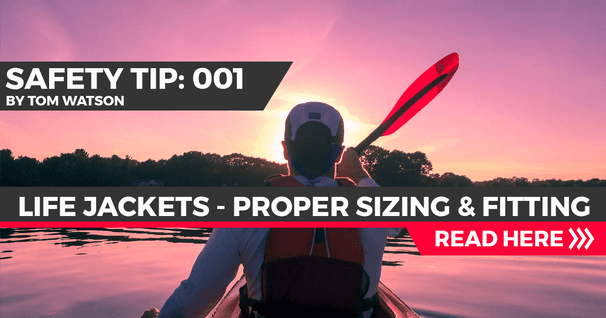Essential Gear for Stand Up Paddling
In this video, we're going to talk about the essential gear that you need to get started, and we're also going to talk about the anatomy of a board and paddle.
So gear wise, you're going to want to have a PFD. This is a personal flotation device. If you're outside the surf zone, meaning not surfing the board in waves, then you definitely want to have a PFD because the Coast Guard requires it. If you don't have one on, you can get a ticket if you're out there on the water without it. This is a nice option because it's low profile. It's an inflatable PFD. It goes around your waist like a fanny pack, and you inflate it if you need it. If not, it's out of the way and low profile.
If you're in the surf zone, instead of a PFD, you definitely want to have a leash. A leash is a must in the surf zone to protect yourself and others from this big board. So you definitely want to have a leash. You can also use it for flat water. It's another great piece of safety gear for flat water because it means your board can't become separated from you.
As far as a paddle goes, of course you're going to want to have a paddle. We talk about paddles, we talk about the T-grip. We talk about the shaft of the paddle, and we talk about the blade. Those are the basic components of the paddle.
Then we have a board. As far as board anatomy goes, we have the nose at the front, the tail at the back. The rail is right here, where it transitions from the deck, which is on top, to the bottom of the board. We call it the bottom. On the deck, we have a deck pad where we stand on the board, and we also have a carry handle. This is how we can easily carry these big boards.
Moving to the tail, we have what's called a leash plug, and on the leash plug is the spot where we attach our leash to the board if we're using a leash.
Flipping the board over, now we're looking at the bottom. Back here at the tail, we have what are called fin boxes, and the fin goes into the fin boxes. You can remove them for easy transport. All boards will have one fin box in the center. Some boards may have two side fins as well. Others may have four fins. There are a lot of different fin configurations.
So that's the basic anatomy of a board and the basic pieces of gear that you want to have. Another nice piece of gear to have, if you're around a rocky shoreline or somewhere where it's not a sandy beach, is footwear. So you want to consider that as well.
Related Articles
Adhering to the fundamental safety rule that a lifejacket should always be worn when out on the…
Learn the full glossary of canoe terminology in this excerpt from The Complete Book of Canoeing by I.…
Whenever you go paddling there's a certain amount of equipment that you have to think about before you…



